Tickets for Palazzo Te in Mantua: a masterpiece of the Italian Renaissance
Palazzo Te Mantua: the tickets most chosen by travelers

Palazzo Te: a symbol of the Mantuan Renaissance
Palazzo Te is a Renaissance villa in Mantua, Lombardy, built between 1524 and 1534 at the behest of Federico II Gonzaga. Designed by architect and painter Giulio Romano, the villa is considered a masterpiece of Italian Mannerism and an important example of late Renaissance architecture. Originally conceived as a gathering place for banquets and private meetings, Palazzo Te quickly became an important venue for social events of the Mantuan court.
The palace is designed on a square plan and features a large inner courtyard adorned initially with a labyrinth. Smooth ashlar walls surround the courtyard and have four entrances, one on each side, following the model of the Roman rustic villa.
Palazzo Te is renowned for its beautifully frescoed rooms. Notable among these are the Hall of the Giants, which engages visitors in a dramatic depiction of the Fall of the Giants, and the Chamber of Cupid and Psyche, where Giulio Romano illustrates the tale from Apuleius' Metamorphoses.
Outside, gardens extend over about 80,000 square meters, offering a perfect balance of natural beauty and urban functionality. The park is divided into 16 circular “tree rooms,” each with specific uses such as play areas, outdoor classrooms, and board game tables. These areas are interconnected by a loop trail that traces the structure of the former hippodrome on the site.
The splendid Renaissance mansion of the Gonzaga family and the park that surrounds it were both included in the city's UNESCO-protected area in 2008.
Today, Palazzo Te houses the Civic Museum and the International Center for Art and Culture, offering exhibitions of ancient and modern art, as well as cultural events.
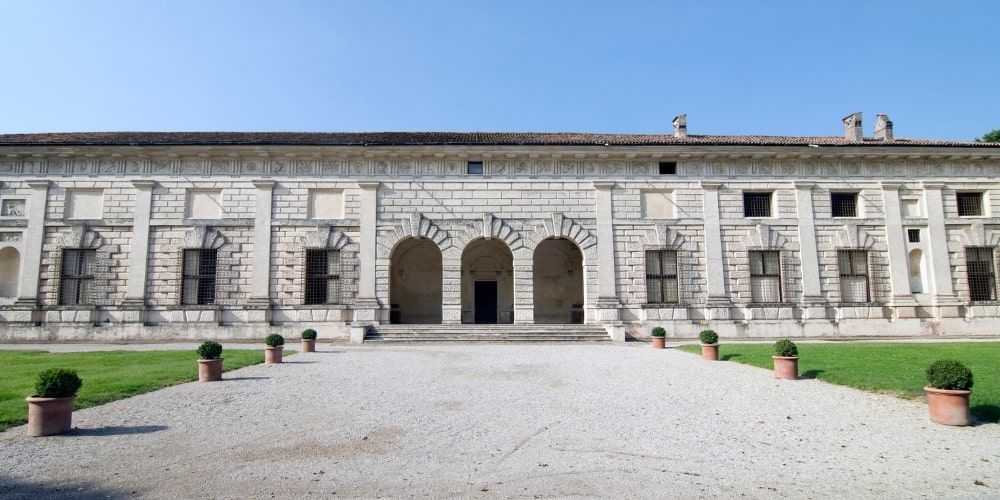
Discover all other experiences
Informazioni utili per visitare Palazzo Te Mantova
Orari di apertura:
Lunedì: dalle 13:00 alle 18:30
Martedì: dalle 9:00 alle 18:30
Mercoledì - Domenica: dalle 9:00 alle 18:30 Nota: L'ultimo ingresso è consentito un'ora prima della chiusura.
Prenotazione:
È consigliabile prenotare i biglietti in anticipo, soprattutto nei weekend e durante le festività, per ridurre i tempi di attesa. L'acquisto anticipato non è obbligatorio, ma fortemente consigliato per gruppi numerosi.
Accessibilità:
Palazzo Te è accessibile alle persone con disabilità. Per ulteriori informazioni, è possibile contattare la biglietteria.
Accesso con animali:
Gli animali al guinzaglio non sono ammessi, eccetto i cani guida per ipovedenti e non vedenti. È possibile accedere alle sale con animali di piccola taglia, purché siano condotti nel proprio trasportino. Per chi avesse bisogno, è disponibile un servizio di dog sitter su prenotazione.
Palazzo Te Mantua: tips for your visit
The best experiences in Milan
Best attractions around Palazzo Te Mantua
all entrance tickets for the most popular Italian attractions
Milan Cathedral
MilanVilla Necchi Campiglio
MilanBernina Red Train
MilanSan Siro Stadium
MilanLa Scala Theatre
MilanLake Como tour
Lake ComoMantova like a local: 10 things to do
What should you do in Mantua like a local? We'll tell you everything! Here are 10 travel tips you absolutely must read before your journey.
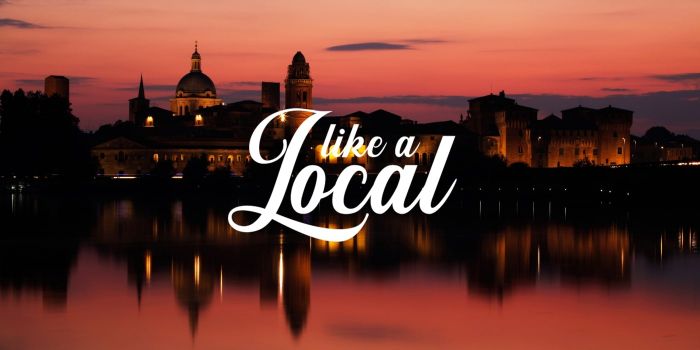
FAQs about Palazzo Te
1. Why is it called Palazzo Te?
The name "Palazzo Te" comes from the island on which it was built, known in the Middle Ages as Tejeto or Teietum, later shortened to "Te."
2. What can you see at Palazzo Te?
Visitors can enjoy an immersive experience in Renaissance art and architecture, viewing:
- Hall of the Giants: Renowned for frescoes depicting the fall of the Giants, creating an immersive and dynamic effect.
- Room of Cupid and Psyche: Adorned with mythological scenes narrating the love story of Cupid and Psyche, symbolizing passion and beauty.
- Hall of the Horses: Showcases life-size portraits of Federico II Gonzaga's favorite horses, highlighting the stables' significance in the Mantuan court.
- Gardens and courtyards: Relaxing spaces between rooms with harmonious architecture and water features.
The palace also hosts temporary exhibitions and permanent collections, including an Egyptian collection, a Mesopotamian collection, a collection of coins and medals from the Gonzaga family, and the Mondadori donation.
3. How long does it take to visit Palazzo Te in Mantua?
A visit typically takes at least an hour. To delve deeper and appreciate the frescoed rooms and permanent collections, about two hours is recommended.
4. Where to park for Palazzo Te in Mantua?
Parking options include:
- Primaticcio Parking – Palazzo Te Area: Located at Viale Montello 37, this free parking lot offers 111 spaces and is a short walk from the palace.
- Lungolago Viale Mincio Parking: Offers free parking areas along the lake, within reasonable distance from Palazzo Te.
A free shuttle also connects the Palazzo Te and Campo Canoa parking lots to the city center.
Skip-the-line tickets for Palazzo Te
A visit to Palazzo Te in Mantua should ideally take at least one and a half hours to fully explore its frescoed rooms and surrounding gardens. For an optimized experience, consider purchasing skip-the-line tickets for direct access, avoiding long queues. The entrance also includes access to the City Museum at Palazzo San Sebastiano and exhibitions in the main building. A digital museum map will be provided to help you explore and discover the palace's wonders and frescoed rooms independently and thoroughly.
Architecture of Palazzo Te
The different façades of Palazzo Te do not follow a uniform model, unlike many villas that maintain strict symmetry. This diversity reflects Giulio Romano's innovative approach, using various styles and decorations for each side of the building.
Palazzo Te is built on a square plan with a large central courtyard, known as the Courtyard of Honor. Unlike other Renaissance villas that tend to be more vertical and monumental, Palazzo Te extends horizontally. The noble spaces are all on the ground floor, while service areas are on the upper level, a design that suits its role as a place for leisure and entertainment. The ground floor is slightly elevated to protect against flooding from the Mincio River.
Although many Renaissance villas incorporate classical elements, Palazzo Te stands out with its use of a giant order with Tuscan pilasters and a Doric frieze. The façades feature faux rustication to mimic luxurious materials, showcasing the playful and creative freedom of Mannerist architecture.
Fun facts about Palazzo Te
The Salamander Symbolism
The salamander emblem appears in several rooms, paired with the motto "Quod huic deest me torquet" (What she lacks torments me), alluding to Federico II Gonzaga's unrequited love for Isabella Boschetti. The salamander, believed to be immune to fire, symbolizes enduring love.
Hall of the Giants
This famous room is a trompe-l'œil masterpiece, with walls and ceilings painted to create a seamless illusion of the myth of the Giants’ fall, punished by Zeus. The room was designed to envelop viewers, making them feel part of the scene.
Hall of the Horses
One of the most iconic rooms, it features life-size depictions of Federico II Gonzaga’s favorite horses, rendered with their original names, such as "Morel Favorito," showcasing true representations rather than idealized images.
Falling Triglyphs
In the Courtyard of Honor, Giulio Romano added an unusual feature: falling triglyphs. These elements appear to slip from their places, breaking classical rules and adding a sense of surprise and dynamism.
Secret Garden and Grotto
The Secret Garden, with its grotto, is one of Palazzo Te’s most enchanting elements. While the overall structure is attributed to Giulio Romano, the grotto dates to a later period, first mentioned in 1595. It was decorated by Vincenzo I Gonzaga with niches and ornaments. Despite damage over time, such as the loss of shells and mosaics, the lead pipes for the ancient water displays remain, evoking the surprise elements once enjoyed by guests, similar to Villa d'Este in Tivoli.
Use of Fish Ponds
The fish ponds, visible from the bridge connecting the loggia of David to the garden, are the only remaining evidence that the villa was surrounded by Mantua’s fourth lake. These ponds were likely used for breeding sturgeon, a delicacy at Gonzaga banquets. Giulio Romano designed small arches along the ponds to make fish capture easier.



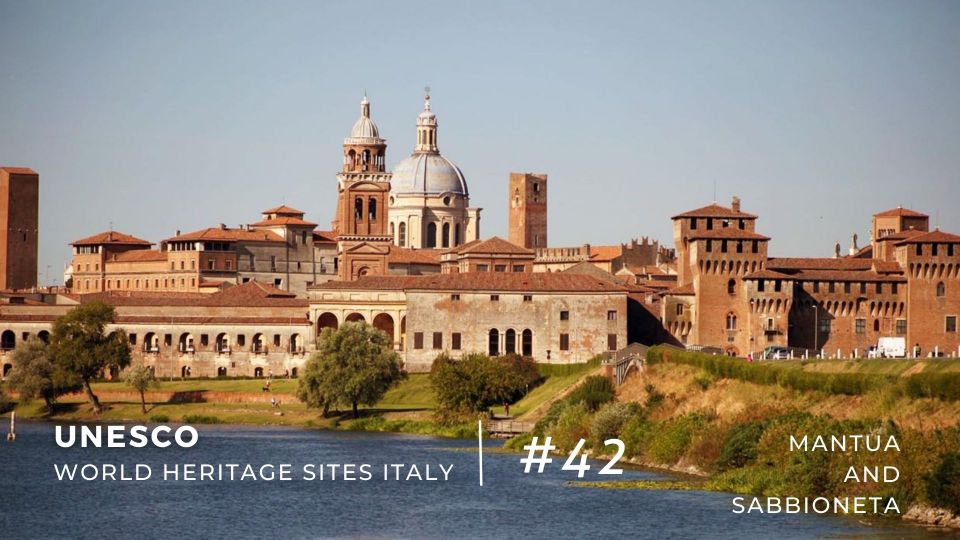
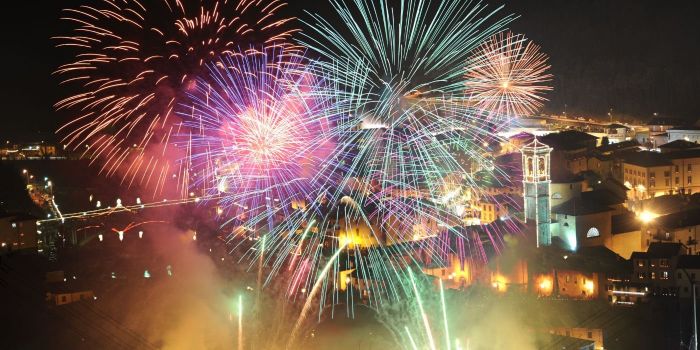
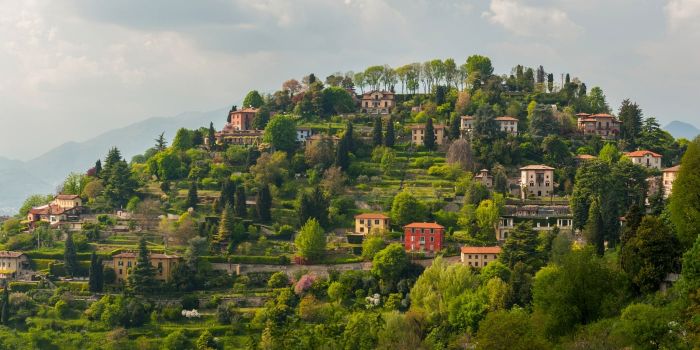
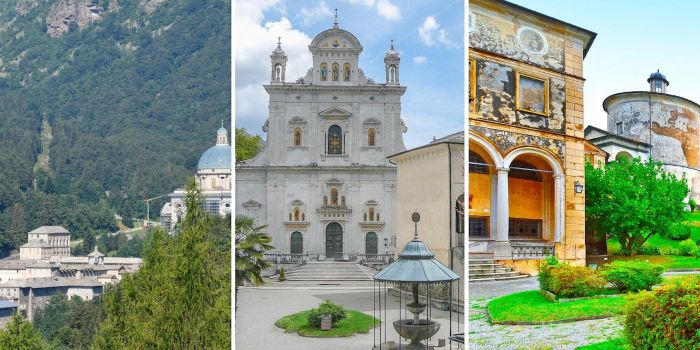
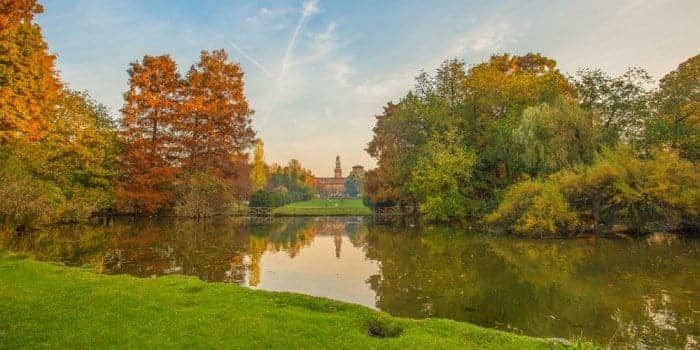
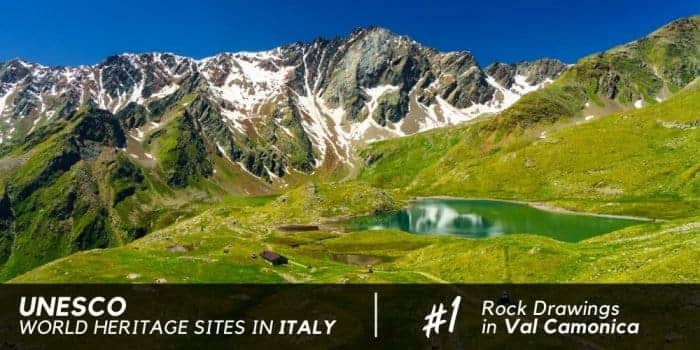








Rossella Friggione
Tickets for Palazzo Te in Mantua: tours, information and tips for visiting one of the masterpieces of the Italian Renaissance.